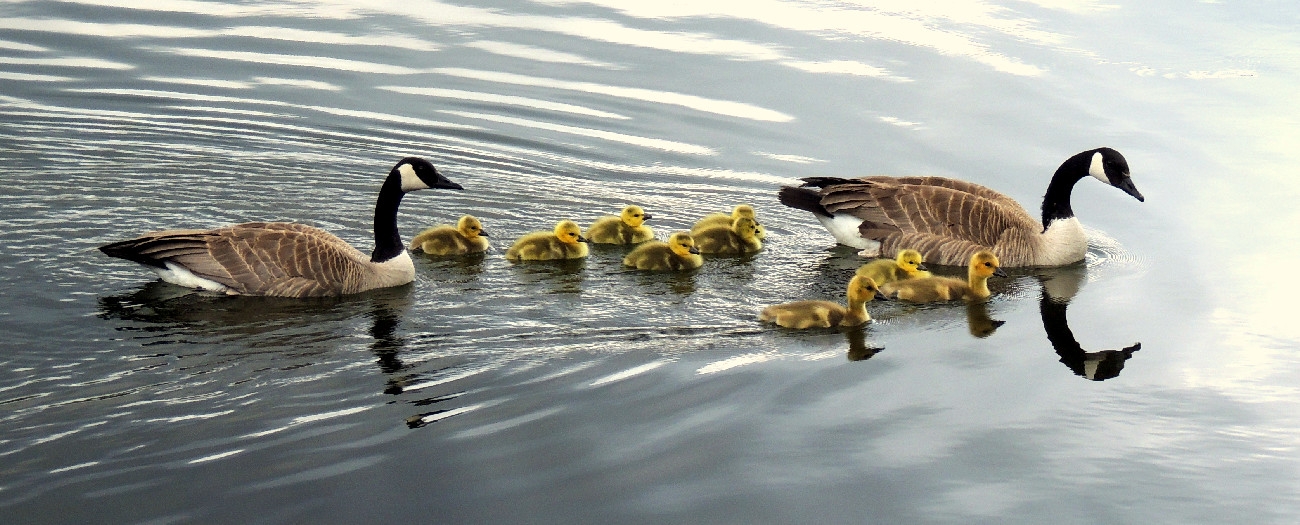Our home through the lenses of some talented AER employees
Alberta - June 12, 2019Alberta is as diverse as it is lovely. With its grassy prairies, boreal forests, rugged mountains, and the creatures that live here, it’s no surprise that many who work at the Alberta Energy Regulator (AER) to help protect our environment by day choose to enjoy all that it offers in their downtime. In honour of Nature Photography Day, celebrated across North America on June 15, we’re sharing our province’s beauty through the eyes of AER staff.
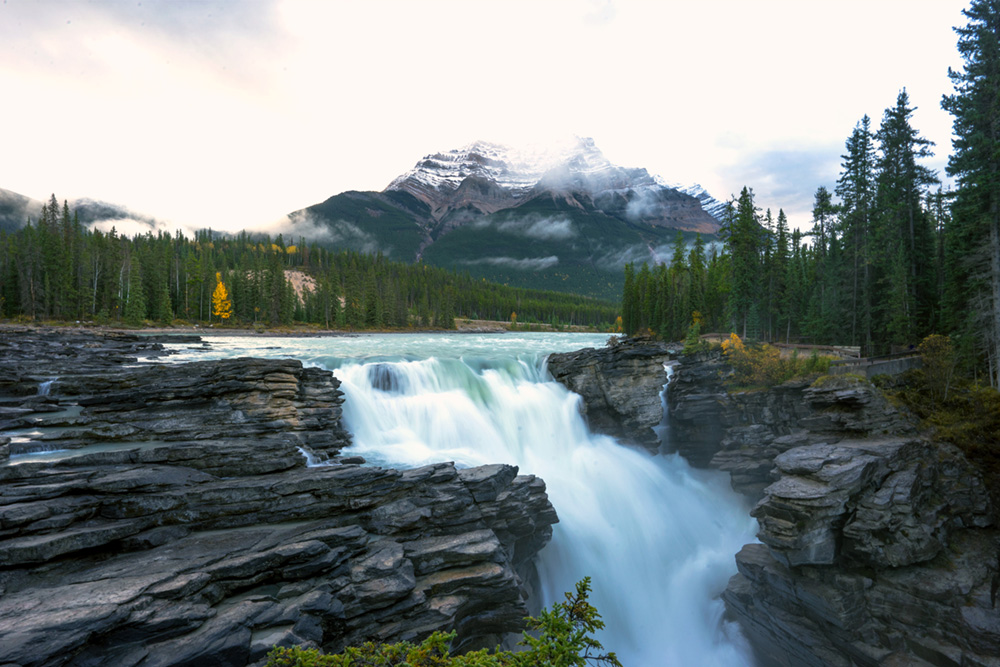
Athabasca Falls (Jonathan Sinclair)
The roaring Athabasca Falls, with shy Mount Kerkeslin peeking out from behind the clouds. Jonathan Sinclair, an investigator at the AER, shot this chilly autumn scene with a long exposure to capture the silky, flowing appearance of the falls. Unlike other famous peaks in Alberta, Kerkeslin’s namesake is unknown. The Athabasca, however, was named after the Cree word "athapiscow," meaning a place where reeds, willows, and grasses grow.
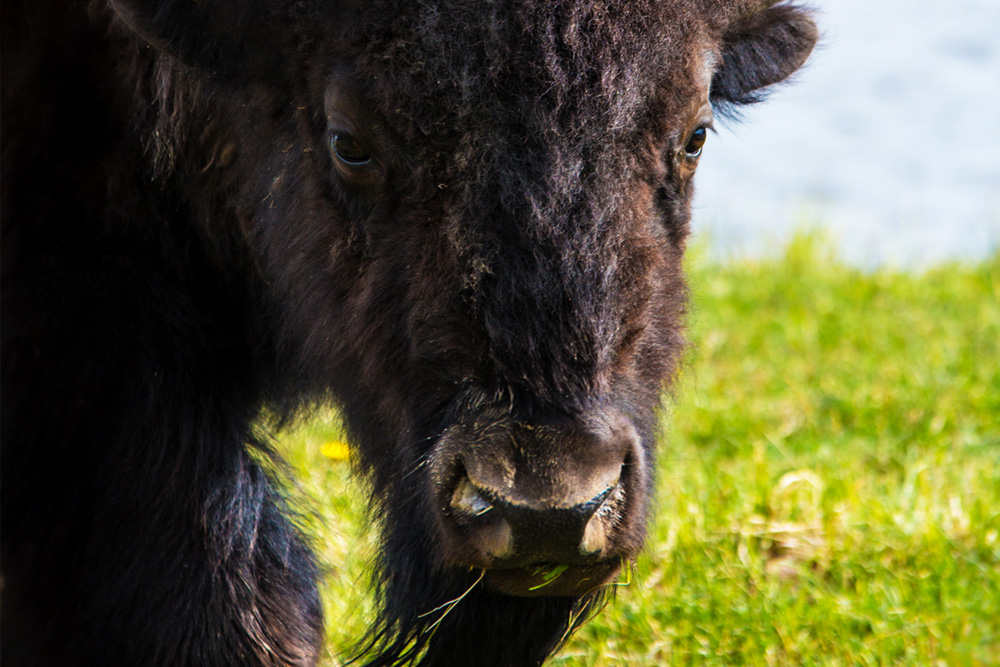
Plains bison (Blair Reilly)
Wildlife photography is not for the faint of heart—particularly when your subject weighs over 1500 pounds and is a little bit grumpy. Using his 70–200 mm lens from about six feet back, Blair Reilly, the AER’s director of Education and Prevention, didn’t expect to find himself on the wrong side of the charging bull. Luckily, quick thinking led him to safety behind a nearby tree.
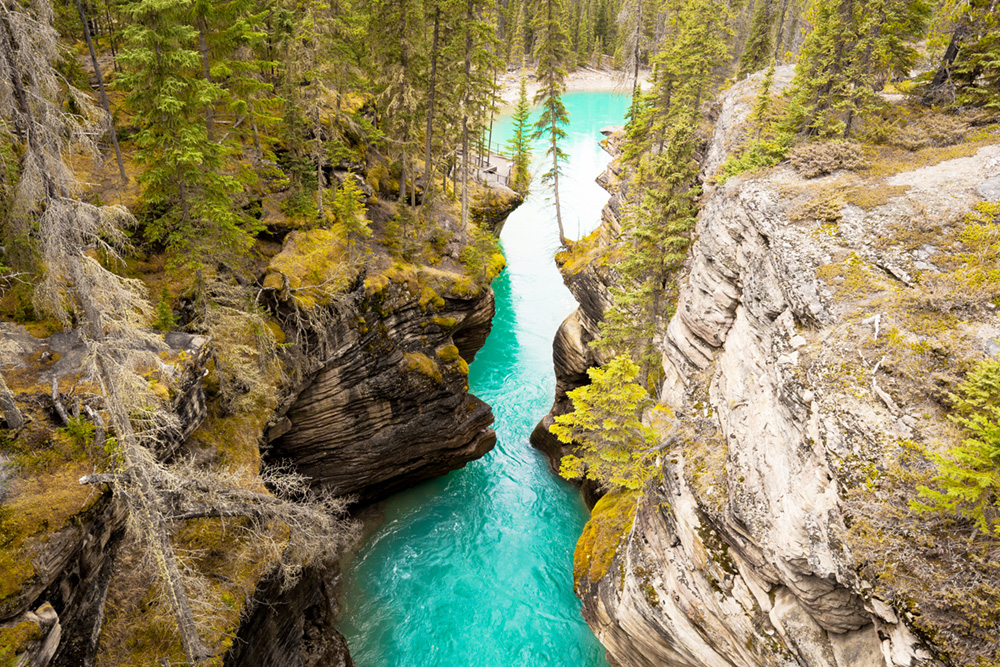
Athabasca Canyon (Jonathan Sinclair)
This canyon’s unique turquoise hue may look like magic, but Sinclair explains it’s all thanks to geology.
"The colour is caused by rock flour in the water that’s been transported by melting glaciers," Sinclair says. "The concentration of the rock flour makes the water appear electric blue."
Composed of sandstone, limestone, dolostone, and shale, rock flour is tiny rock particles eroded centuries ago by passing glaciers and trapped within the ice. The concentration of particles determines the hue of the water, with some seasons bringing more vibrant tones than others. Sinclair describes this river as being a "chocolate milkshake" colour during the spring and summer months.
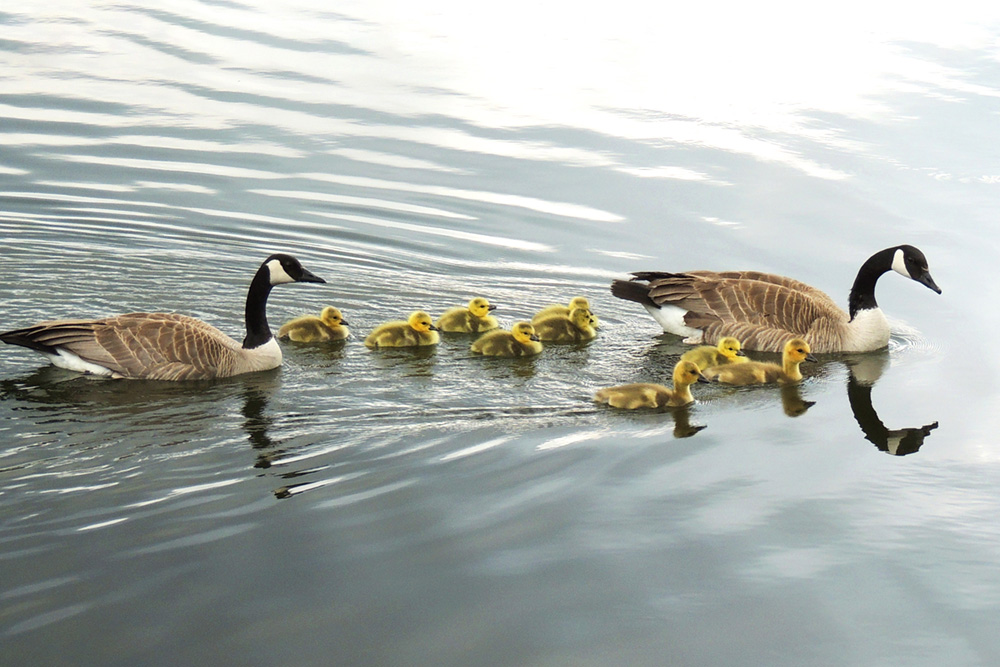
Geese (Carole Hachey)
Canada goose parents accompanied by a bright-yellow entourage of goslings are a sure sign of an approaching Alberta summer. The parents are very protective of their young, earning them a reputation as a bird that won’t allow for any “fowl play” when it comes to their babies. Carole Hachey, an AER science specialist and passionate birdwatcher, notes that human snacks are not safe for our feathered friends, with bread being the most damaging to their stomachs. Instead, Geese Relief's helpful guide suggests offering cracked corn or grains.
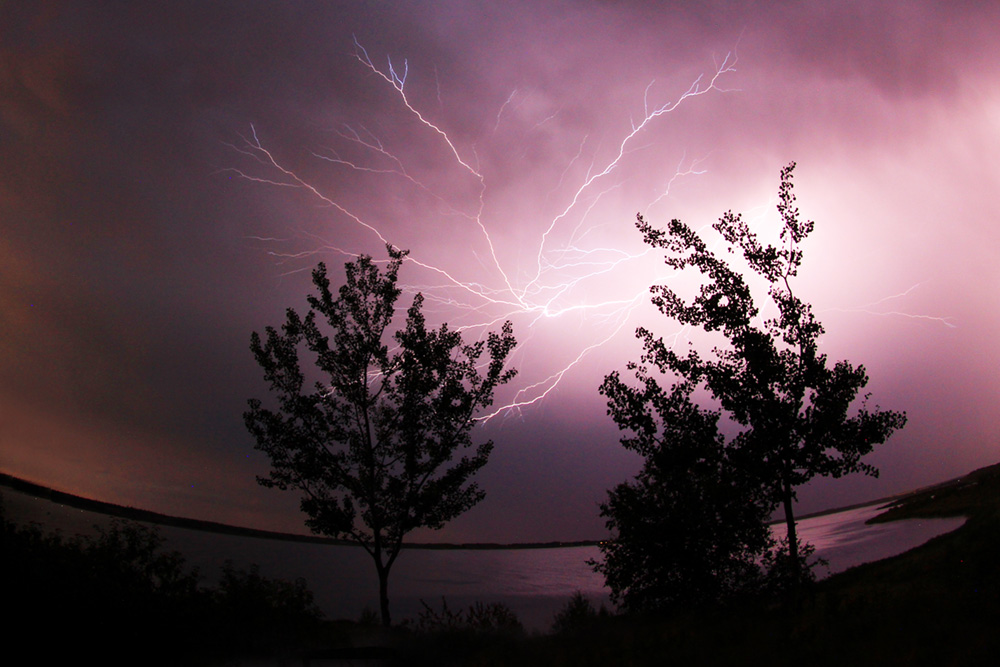
Lightning (Patrick Traudt)
A flash of energy crisscrosses the Alberta sky above Lake Vincent. How does one capture this split-second shot? AER field inspector Patrick Traudt explains his process in two words: time and luck. As a volunteer for the Alberta Lake Management Society, Traudt gathers water samples in summer. "We tend to take our water for granted, so it’s nice to put work in to understand them and help out wherever we can," the Bonnyville local says. "As an inspector, I deal a lot with water, so living so close to so much water gives us a little more appreciation for it and maybe a little perspective of what and who are impacted by our actions."
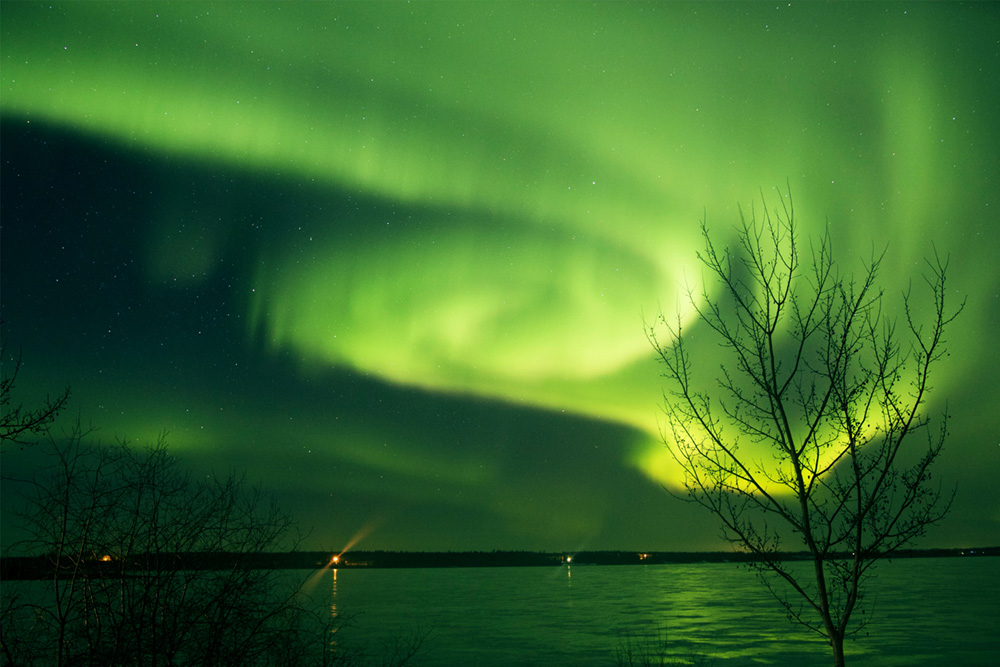
Aurora Borealis (Patrick Traudt)
This spectacular shot features the aurora borealis, known more commonly as the northern lights: a natural wonder that can be difficult for photographers to capture. Traudt explains that new technology has made the often-unpredictable borealis easier to track. "It used to be a lot harder to get photos of the northern lights. I used to check the conditions every night, just in case," he says. "Now there are so many apps, websites, and scientists and enthusiasts on social media that it really doesn’t take much work at all to catch the show."
Alex Burton, Writer


